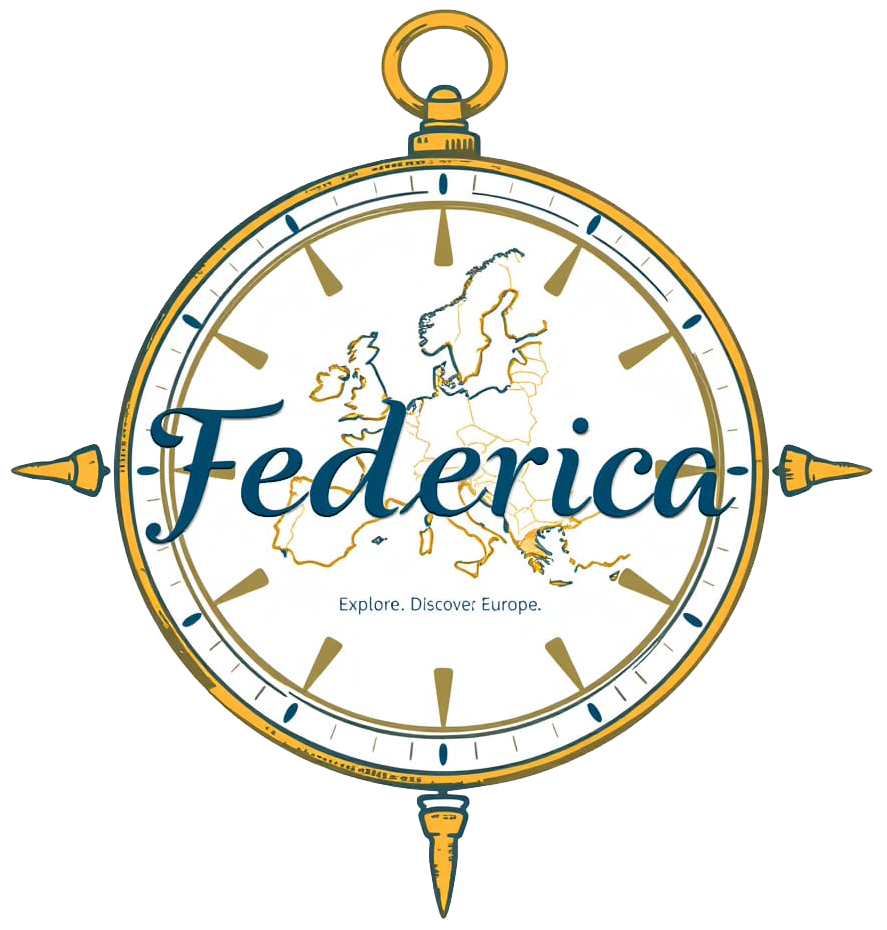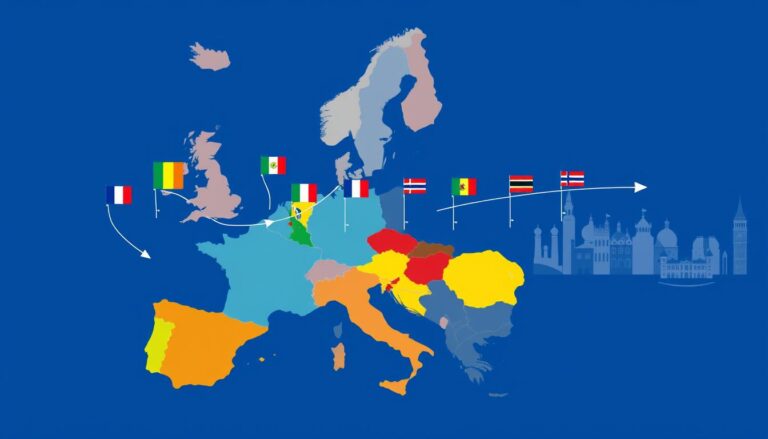The European Union (EU) stands as a beacon of unity and cooperation in a world often riddled with division. From its modest beginnings as an emblem of peace through economic cooperation, its journey is a monumental testament to unity, demonstrating how diverse nations can forge a powerful and prosperous alliance. Currently composed of 27 member states, the EU’s growth has been characterised by numerous expansions and transformations that have significantly shaped its landscape. The complex economic and political partnership first took shape in 1951 with the establishment of the European Coal and Steel Community, comprising Belgium, Germany, France, Italy, Luxembourg, and the Netherlands. Fast forward to the twenty-first century, and 2004 marked a historic expansion with the inclusion of 22 countries. Significant recent changes include Croatia’s accession in 2013, juxtaposed with the notable departure of the United Kingdom on February 1, 2020.
Not only has the EU’s membership grown, but so too has its influence and scope. Various enlargement policies and economic evaluations have been conducted to ensure that each expansion strengthens the union. Despite the challenges post-enlargement, the EU’s success in integrating new members is well documented. With seven expansions so far, the bloc looks set to continue growing, as ten aspiring members, including Albania, Bosnia and Herzegovina, and Ukraine, are involved in the accession process to potentially join the EU.
The growth of the EU demonstrates an intriguing blend of ambition and pragmatism, exemplifying how nations can collaborate for mutual benefit and achieve collective prosperity. This countless journey has seen burgeoning democracies find a new lease of life, rediscover potential, and contribute towards a continent that is more integrated and thriving than ever before.
How Many Countries Are in the European Union
The European Union’s remarkable journey has seen an expansion from its six original members to the current total of 27. This growth narrates a story of collaboration and unity amongst diverse nations, that progressively formed under a consolidated vision. Understanding the number of EU countries today, as well as their progressive admission, can shed light on the political geography of the EU and its EU enlargement history.
Current Number of EU Countries
As of 2024, the European Union consists of 27 member states, boasting a vast population nearing 447 million individuals. This substantial collective encompasses vast cultural, economic, and geographical diversity. While the smallest member state is Malta, with a population of approximately 542,051, Germany stands as the most populous, housing over 84 million inhabitants. In land terms, France covers the most extensive area at 638,475 km², whereas Malta spans the smallest land area of just 316 km². This dynamic expanse highlights the political geography of the EU in vibrant fashion.
Moreover, the EU’s economic prowess remains undiminished, generating an impressive nominal GDP of approximately $16.6 trillion in 2022, with a GDP per capita around $43,194 in 2024. The economic strength, coupled with a low Gini index of 29.6, affirms the region’s emphasis on equitable growth and prosperity. The EU also continues to maintain a high Human Development Index, with Denmark and Sweden boasting the highest values at 0.952.
Founding Members and Early Expansion
Tracing back to its inception, the European Union was founded by six countries—Belgium, France, Italy, Luxembourg, the Netherlands, and West Germany. These early EU members laid the groundwork for an era defined by unity and shared objectives. Initiated in 1993 with the Maastricht Treaty, the EU embarked on an exciting trajectory of enlargement, reflecting the evolving socio-political landscape of Europe.
The EU enlargement history witnessed significant milestones, particularly the momentous expansion in 2004, when eight countries from Central and Eastern Europe, including Hungary and Poland, joined the union. This pivotal move largely reflected the EU’s commitment to fostering stability and collaboration in post-Cold War Europe. Following this, Bulgaria and Romania joined in 2007, and Croatia in 2013, further cementing the EU’s geopolitical significance and solidarity among European nations.
| Country | Population | Area (km²) | Joined |
|---|---|---|---|
| Germany | 84,358,845 | 357,022 | 1952 (as part of the ECSC) |
| France | 67,022,000 | 638,475 | 1952 (as part of the ECSC) |
| Italy | 59,433,744 | 301,338 | 1952 (as part of the ECSC) |
| Malta | 542,051 | 316 | 2004 |
History and Process of European Union Expansion
The journey of the European Union (EU) from its inception until today is marked by an ambitious vision of unity and growth. What began as the European Coal and Steel Community in 1951 transformed through the Treaty of Rome in 1957, creating the European Economic Community (EEC). Since then, the EU has meticulously expanded, now comprising twenty-seven member states, each joining through a clearly defined and stringent process.
Criteria for Joining the EU
The rigorous criteria for joining the EU are delineated by the Copenhagen criteria, established in 1993. These criteria emphasise stable democratic governance, the rule of law, human rights, and competitive market economy capabilities. Compliance with these standards is vital for any nation aspiring to be part of the EU.
Stages of the Accession Process
The EU accession process involves multiple stages. It begins with a membership application, followed by the EU’s assessment of the applicant’s compliance with the Copenhagen criteria. Upon approval, the candidate undertakes extensive negotiations, aligning national laws with the EU’s ‘acquis communautaire’. The final stage involves the ratification of the accession treaty by all existing EU member states and the candidate country.
Significant Expansions
Key moments in the EU expansion timeline include the notable 2004 enlargement, incorporating ten countries primarily from Eastern Europe. More recent expansions welcomed Croatia in 2013 and the integration of Mayotte as a territorial expansion in 2014. These milestones reflect the EU’s strategic policy of fostering stability and prosperity across Europe.
Benefits of Enlargement
EU enlargement has yielded numerous benefits, including enhanced stability, democracy, and economic opportunities. The integration of new members has fostered peace, promoted human rights, and created a single market offering unparalleled business opportunities. These advantages underscore the transformative impact of EU membership.
Current Candidates and Potential Future Members
Several countries are actively engaged in the future of EU enlargement. Montenegro and Serbia are entrenched in accession negotiations, while Albania and North Macedonia began their discussions in 2020. Moldova and Ukraine are expected to commence talks in 2024. Bosnia and Herzegovina and Georgia were granted candidate status in December 2022 and December 2023, respectively. Meanwhile, Kosovo’s application in December 2022 is awaiting a unanimous decision from the Council, exemplifying the EU’s continuous embrace of growth and integration.

